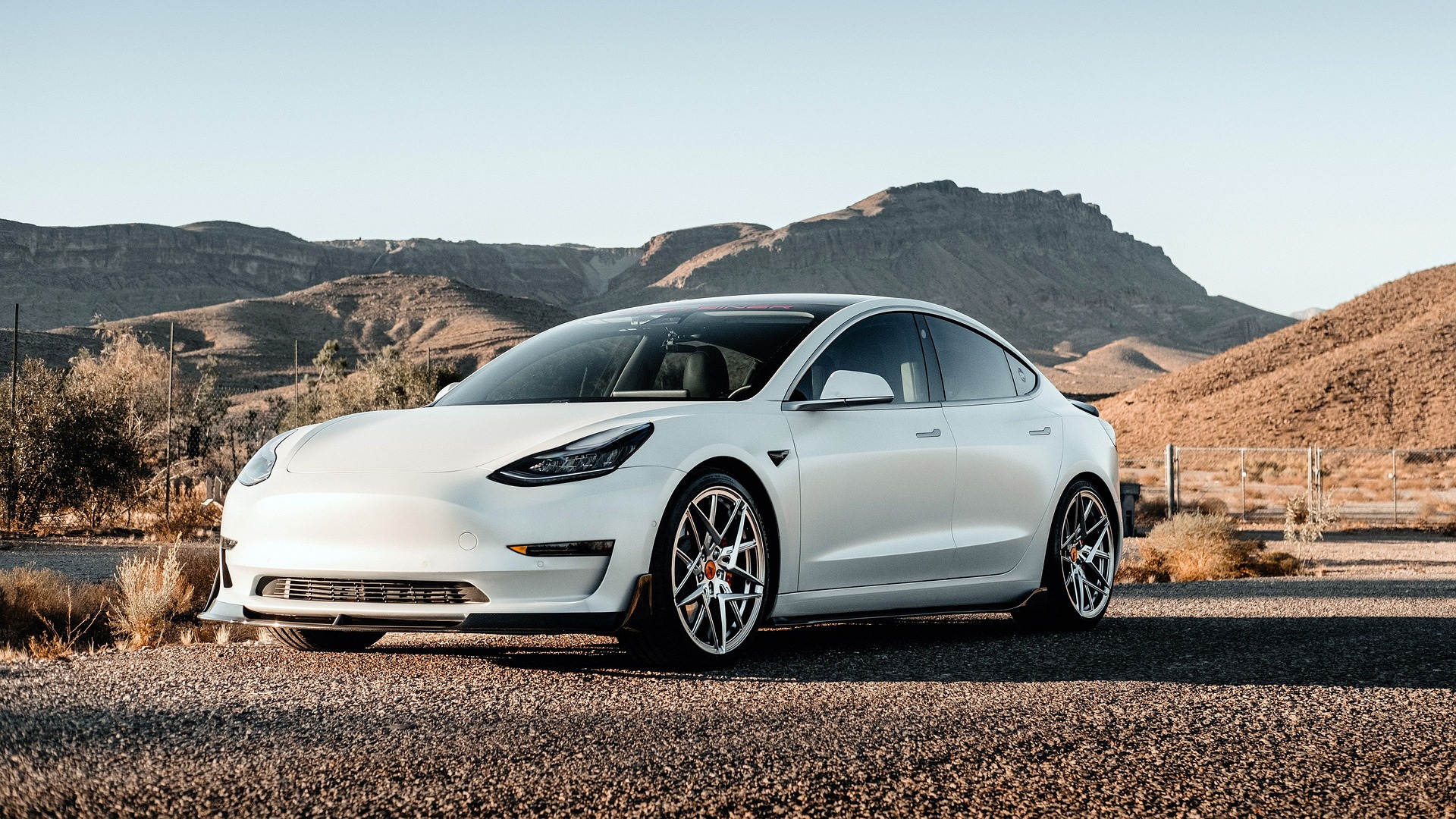From Flathead to DOHC: The Evolution of Engine Valvetrain Design
You turn the key, and the roar of a combustion engine erupts, painting the air with the unmistakable symphony of mechanical power. With a little understanding, we can appreciate the unseen opera underneath the hood — the work of the valvetrain.

Part 1: Early Engines - Hello, Flathead
Around the mid-1800s, generous engineering brainstorms saw inception of internal combustion technology. At the heart of this dawn lay a straightforward, simple design – the side-valve or flathead engine. Valves nestled alongside the engine block, and it facilitated two significant advantages – simplicity and cost-effectiveness. Yet, as cars started craving for more power and lesser emissions, engineers recognized flatheads’ restrictions. They had limited air-fuel mixing, low compression ratios, and restricted high-rpm uses–signifying a wake-up call for advancement.
Part 2: Say Hello to OHV
In response to the limitations of flathead engines, overhead valve (OHV) technology was developed. With valves now located directly over the combustion chamber, OHV engines facilitated better fuel-air mixing than their side-valve counterparts, leading to improved power and efficiency. However, the valve movement was still controlled by a pushrod system, which added physical complexity and posed a potential limit to engine speed.
Part 3: OHC Engines – Power Meets Refinement
Resulting from the mechanical limit challenges of OHV engines, auto manufacturers started exploring overhead camshaft (OHC) design. Here, camshafts sit directly over valves, eliminating pushrods, and facilitating better valve control. The leap from OHV to OHC engines represents a significant engineering advance, resulting in better high-rpm performance and smoother engine operation.
Part 4: DOHC – The Current Standard
The quest for more efficiency and power led to the development of double overhead camshaft (DOHC) engines. With two camshafts per cylinder bank, DOHC engines promise more precision and control than single OHC engines. They allow for multiple valves per cylinder, potentially leading to better intake, exhaust flow, and greater efficiency. Today, DOHC engines dominate the sports and luxury auto segments due to their high performance, smoothness, and precision.
Part 5: The Highs and Lows
Each advancement in valvetrain design came with its own pros and cons. Flathead engines, with their simplicity, scored high on reliability and low manufacturing costs. In contrast, DOHC engines, while offering superior power and efficiency, are more complex and expensive to manufacture and maintain. These trade-offs demonstrate that the ideal engine design depends on the application, whether it be for a budget city car, a long-haul truck, or a high-performance sports car.
Through the exploration of different valvetrain designs, we’ve identified key milestones in automotive history. These advances have not only influenced the performance, efficiency, and emissions of vehicles but have played a profound role in transforming them from luxury items to everyday essentials. Regardless of the type of car you drive, it’s a marvel to comprehend how such intricate engineering makes your journey possible. So, the next time you turn that key, you’ll appreciate the mechanical ballet going on under the hood just a little bit more.




